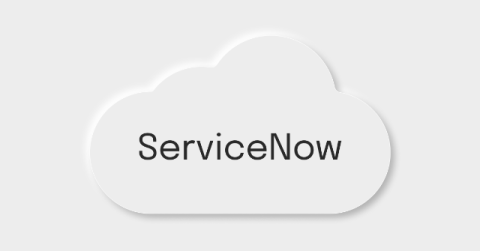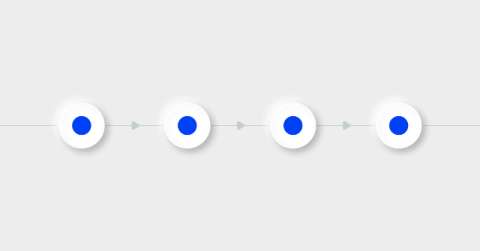ITSM vs. ITOM: What are the key differences?
IT service management (ITSM) and IT operations management (ITOM) both have the mandate to ensure your organization’s IT systems and infrastructure run smoothly and efficiently. These two frameworks are essential for any modern IT environment, but their roles are often confused or misunderstood. Simply put, ITSM focuses on the user-facing side of IT, streamlining services and aligning IT processes with business objectives.











